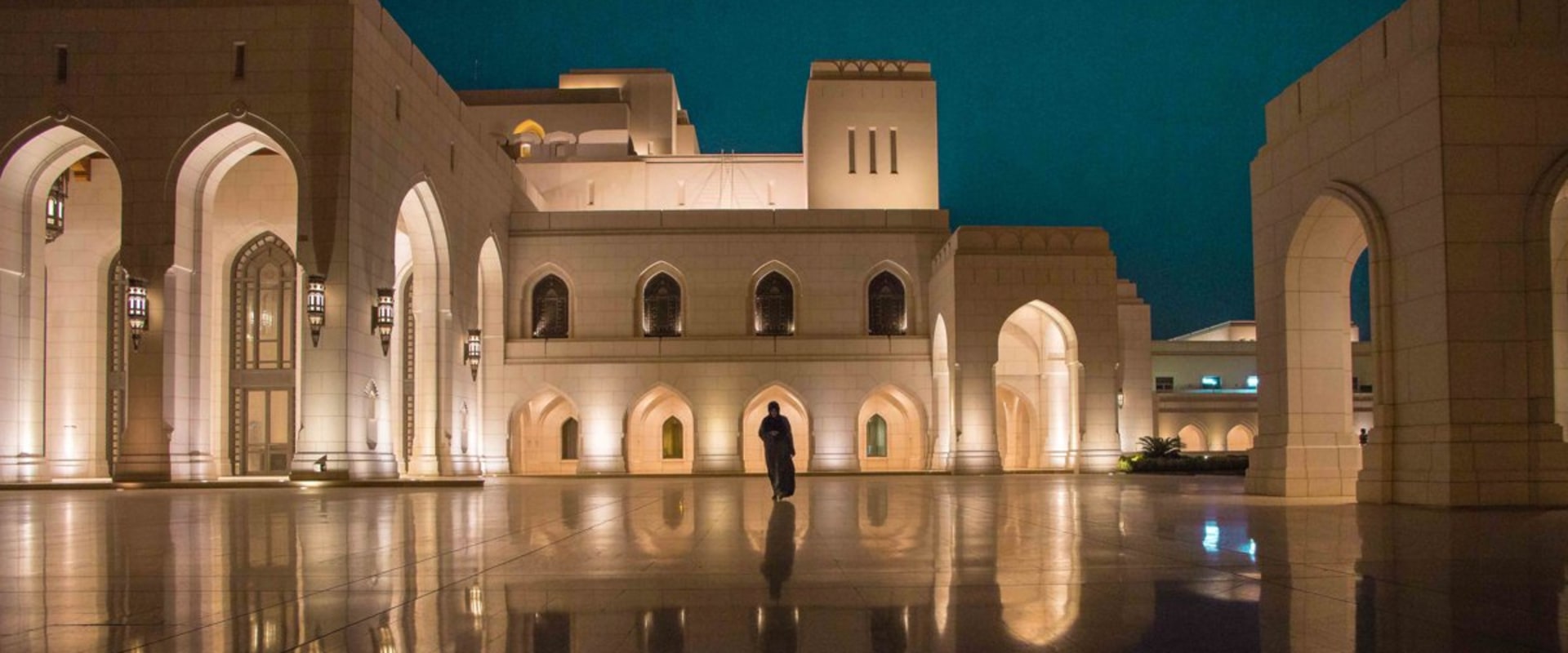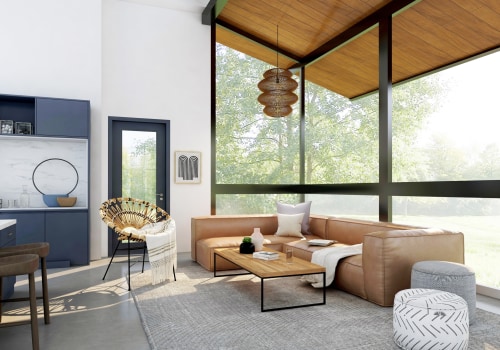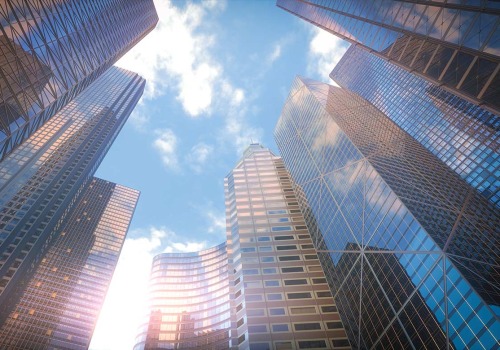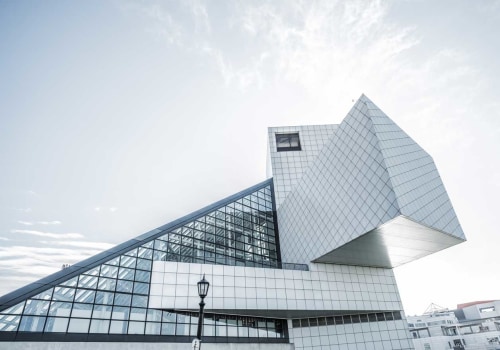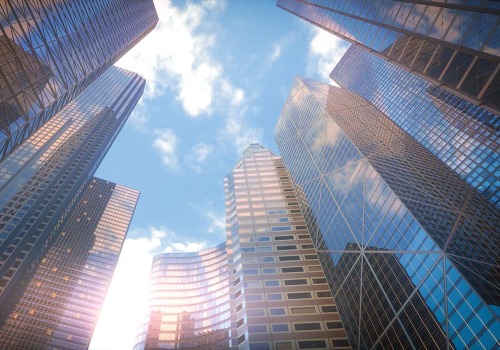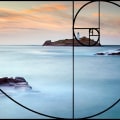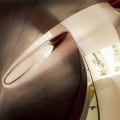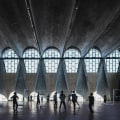As an architectural photographer, composition and framing are two of the most essential elements of capturing commercial architectural photography. It is important to understand how to utilize these elements to create visually stunning images that capture the essence and beauty of the building. In this article, we will discuss how composition and framing can be used to create stunning commercial architectural photographs. We will explore the various techniques of composition and framing, such as the rule of thirds, leading lines, symmetry, and more. We will also provide tips on how to best use these techniques to achieve the desired effect in your commercial architectural photography.
Furthermore, we will explore some of the common pitfalls that photographers can encounter when attempting to compose and frame their photographs. By the end of this article, you should have a better understanding of how composition and framing can help you create stunning commercial architectural photographs. Commercial architectural photography requires precise composition and framing techniques to create stunning images. While there are many ways to compose a shot, there are certain elements that will help you create beautiful images for commercial use. These include the Rule of Thirds, the Golden Ratio, leading lines, depth of field, symmetry, and perspective. The Rule of Thirds is an essential composition technique used in photography.
It involves dividing the image into thirds with two vertical and two horizontal lines. The important elements in the scene should be placed at the points where the lines intersect. This helps create a balanced and harmonious composition that draws the viewer's eye. The Golden Ratio is another popular composition technique, which is based on the ratio of 1:1.618. This ratio is used to create aesthetically pleasing compositions by placing important elements in the scene along the ratio's lines. For example, if the photographer wants to draw attention to a particular element in the scene, they can place it at one of the ratio's points to make it stand out. Leading lines are also important for creating interesting compositions.
These are lines in the scene that lead the viewer's eye towards a certain point or element in the image. They can be natural lines such as roads or paths, or man-made lines such as walls or windows. By using leading lines, photographers can draw attention to certain elements and create depth in their images. Depth of field is another important element of composition. This refers to the amount of distance between the nearest and farthest points in focus in a photograph.
By controlling depth of field, photographers can draw attention to certain elements in the scene by making them stand out from their background. For example, they can make a building stand out from its surroundings by using a shallow depth of field. Symmetry is also an important element for creating beautiful architectural photographs. By using symmetrical compositions, photographers can create balanced images that draw attention to certain elements and help create a sense of harmony. Perspective is also an important element for architectural photography.
By controlling perspective, photographers can make buildings and structures look larger or smaller than they actually are and create interesting compositions. For example, by shooting from a low angle, they can make a building look larger and more imposing. Lighting is also important for creating beautiful architectural photographs. By controlling lighting, photographers can emphasize certain elements in the scene and add depth to their images. For example, they can use strong directional lighting to bring out textures or add drama to their photographs. Color balance is also an important element for creating beautiful architectural photographs.
By controlling color balance, photographers can make certain colors stand out and create interesting compositions. For example, they can emphasize warm colors or cool tones depending on the desired look of their image. Post-processing techniques such as adjusting brightness, contrast, saturation, and sharpness can also be used to enhance architectural photographs. These techniques can help make colors more vibrant and textures more pronounced, resulting in stunning images.
Post-Processing Techniques for Enhancing Images
Once you have created your architectural photography images with precise composition and framing techniques, post-processing techniques can help to further enhance them.Post-processing is the process of manipulating digital images with software programs to improve their overall quality and to create a desired look or effect. The most common post-processing techniques include color correction, cropping and resizing, sharpening, and adding filters. Color correction is the process of adjusting the colors of an image to make them more accurate and consistent. This is often done by adjusting the hue, saturation, and brightness levels. Cropping and resizing is used to adjust the size and shape of an image to better fit the desired composition.
Sharpening is used to enhance the contrast and clarity of an image, making it appear sharper and clearer. Filters can be used to add special effects to an image, such as black and white or sepia tones. In addition to these basic post-processing techniques, there are other more advanced techniques that can be used to further enhance architectural photography images. These include retouching, masking, and HDR (high dynamic range) processing. Retouching is the process of removing unwanted elements from an image or adding elements to create a desired look.
Masking is the process of selecting certain parts of an image and applying different effects or adjustments to them. HDR processing involves combining several images taken at different exposures to create a single image with a wider dynamic range. By using these post-processing techniques, you can take your architectural photography images from good to great. With the right combination of composition and framing techniques as well as post-processing techniques, you can create stunning images that capture the beauty of a building or structure for commercial use.
Essential Elements of Composition and Framing
When it comes to commercial architectural photography, the composition and framing of an image is critical. Professional photographers must understand the essential elements of composition and framing to create stunning images.This includes understanding the Rule of Thirds, the Golden Ratio, leading lines, depth of field, symmetry, and perspective. The Rule of Thirds is a fundamental principle of photographic composition. It divides an image into nine equal parts and suggests that the most important elements of the image should be placed along the four intersecting points or along one of the lines. This creates balance in the photo and helps to draw attention to the focal point. The Golden Ratio is another principle which involves dividing an image into two parts with a ratio of 1:1.618. This ratio can be used to create balance in the frame and to create a sense of harmony in a composition. Leading lines are visual paths which draw attention to the focal point of an image. They can be created using natural elements such as roads, rivers, or railings, or they can be created using elements within a scene such as walls, furniture, or trees. Depth of field is used to control what is in focus and what is blurred in an image.
Photographers can use a shallow depth of field to blur out distracting elements in a scene and draw attention to the subject. Symmetry is when two halves of an image are identical or very similar. This can be used to create a sense of balance and harmony in a composition. Perspective is another important element in architectural photography. It refers to how objects within the scene are positioned relative to one another. Photographers must consider perspective when composing images in order to create dynamic compositions which are visually appealing.
Tips and Techniques for Composition and Framing
When it comes to commercial architectural photography, composition and framing are key elements to creating stunning images.There are a number of techniques that you can use to ensure your images are well composed and framed. Here are some tips for getting the most out of your shots:Lighting: The use of natural light is often preferred for commercial architectural photography, as it can create dramatic shadows and highlights that can really make a building stand out. Additionally, artificial lighting can be used to add an extra level of dimension to the photo. Make sure to use light sources that are appropriate for the building or structure you are photographing, as this will help create the desired effect.
Color Balance:
Using the right color balance can help bring out the best in any architectural photo.Be sure to adjust your camera settings to achieve the desired look you are going for. You can also experiment with black and white photography for a more dramatic effect.
Perspective:
When framing a shot, it is important to consider the perspective of the viewer. A wide angle lens can be useful when shooting buildings or structures from the ground, as it allows for more of the structure to be seen in the frame. Alternatively, a telephoto lens can be used to compress space and give a more intimate feel to the image.Angles:
Shooting at different angles can help create interesting compositions and can also add dynamic elements to your photos.For example, shooting from an elevated angle can emphasize vertical lines and make a building appear more imposing. On the other hand, shooting from a lower angle can make the structure appear more grounded and give it a sense of stability.
Lines:
Lines are often used in architectural photography to draw attention to certain elements of a building or structure. Experiment with different angles and perspectives to emphasize linear features such as windows, columns, and walls.Composition and framing are essential elements of commercial architectural photography, as they determine the success of the final images. Understanding essential elements, tips, and techniques for composition and framing, as well as post-processing techniques to enhance the images, are critical to creating stunning images for commercial use. Paying attention to the details of composition and framing will ensure that your commercial architectural images will stand out from the crowd.

